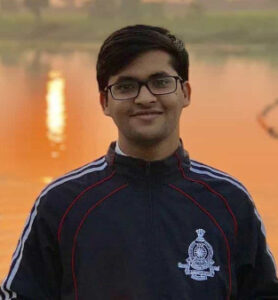T P VENU
For an Indian Administrative Service aspirant from a rural background entering the imposing Dholpur House-the UPSC building for an interview used to be a nightmare. In the new India, young men and women from the hinterland seem to have broken the shackles and are no more inhibited.

Quintessentially, the image of an IAS officer was of a suave, urban individual who studied in one of the several convent schools or from the salubrious climes of hill stations. There was a time when most officers came from Jawaharlal Nehru University, St Stephen’s College or from Allahabad University. Many stayed in bungalows and moved with their parents who too were in the services. Today, the landscape has changed as more and more IAS officers are making the cut who hail from remote villages and impoverished backgrounds.

Unlike the past, the modern IAS officer’s parent is a farmer, a tailor or an auto rickshaw driver. A testimony to aspirational India and its confident populace. For instance, Sheikh Ansar Ahmad, 21 hails from Shedgaon village in Jalna district. His father is an auto rickshaw driver.

There were instances of people making it to the coveted post from humble backgrounds in the past, one name that comes to mind is that of Ronald Rose, who slept on railway platforms and climbed the ladder. Incidentally, another officer who served the Indian Railways and went on to crack the IAS is Gandam Chandrudu, a 2010 batch officer was born in a family of agricultural labourers. These two examples come to mind but such stories were few and far in between. Now however, it is not a stray case but every year when the results are announced there are several candidates who braved all odds and made it.

Inspiring stories of young men, woman and married people are surfacing. One such story is that of Anu Kumari Dahiya of Sonipet in Haryana who left her job in an insurance company to prepare for the IAS, the mother of a five-year-old. The 35-year-old cracked the exam in 2018 and is a true reflection of the new India. From Himachal Pradesh to Shimoga, Dispur to Jaipur, individuals from different backgrounds are working their way up.

A major shift in the bureaucratic architecture is the emergence of IAS officers who come from humble backgrounds who studied in government schools and in vernacular medium. Take for instance, the 2020 batch Yashaswini, ranked 71 from a small village Banur near Chikmangalur in Karnataka who studied in Kannada medium.  Then there is A Abhinaya from Karur town in Tamil Nadu who studied in Tamil medium. Confidence of young India is reflected in ample measure in the UPSC results. The changing face of the IAS is well and truly on…
Then there is A Abhinaya from Karur town in Tamil Nadu who studied in Tamil medium. Confidence of young India is reflected in ample measure in the UPSC results. The changing face of the IAS is well and truly on…

